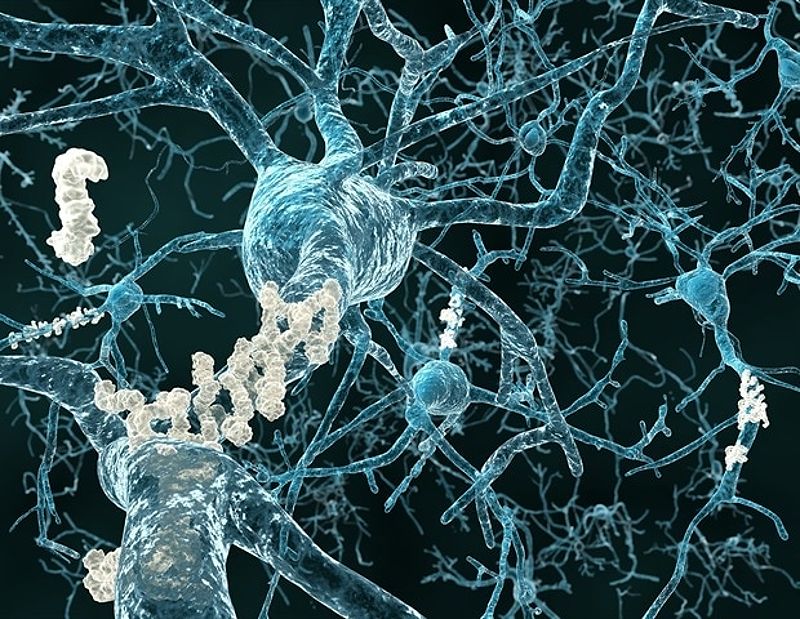Researchers have developed a unique mouse model to study how human microglia respond to Alzheimer's disease. The model reveals a more intricate immune response in human microglia compared to rodents and highlights the influence of genetic risk factors. These findings provide valuable insights for the development of targeted treatments for Alzheimer's.
Understanding Human Microglia Response in Alzheimer's Disease
Alzheimer's disease is a progressive neurodegenerative disorder that affects millions of people worldwide. With cases predicted to triple by 2050, finding new treatments is of utmost importance. Microglia, as the brain's immune cells, are at the center of Alzheimer's disease. They play a critical role in the formation of amyloid-β plaques, a hallmark of the disease, and the resulting neuroinflammation.
However, studying microglia in human brain samples post-mortem has its limitations due to genetic differences, time delays, and the presence of other brain disorders. To overcome these challenges, researchers have developed a unique mouse model to study how human microglia respond to Alzheimer's disease.
Insights from a Unique Mouse Model
The researchers developed a xenotransplantation mouse model with stem-cell-derived human microglia. This model mimics the amyloid-β plaque accumulations seen in humans with Alzheimer's and allows scientists to observe how human microglia respond to the disease environment.
Previous studies using a similar model demonstrated how transplanted human neurons die in Alzheimer's. Now, this new approach provides insights into the complex immune responses of human microglia to amyloid plaques during the course of the disease.
Intricate Immune Response and Genetic Influences
The researchers discovered that human microglia exhibited a more intricate immune response to amyloid-β compared to their rodent counterparts. They also observed a different genetic transition from normal to reactive states in human microglia. These findings have implications for the development of treatments targeting microglia.
The study also revealed that different genetic risk factors for Alzheimer's influence how human microglia respond to the disease. The genetic risk was spread across the different reactive states of microglia, highlighting the importance of these cells in the disease process.
Potential Interaction with Soluble Amyloid-β
Additionally, the data hinted at a potential interaction between microglia and soluble forms of amyloid-β, which appear early in Alzheimer's before plaques form. This interaction may occur in the early stages of the disease and could influence its progression.
Understanding how this microglial response affects neurons and other brain cells, leading to neurodegeneration, is crucial for developing effective treatments. The xenotransplantation model provides a unique opportunity to test novel drugs against human microglia and explore potential treatments for Alzheimer's.
Conclusion
This research represents a significant step forward in understanding the mechanisms underlying Alzheimer's disease. By studying human microglia in a xenotransplantation mouse model, the researchers have gained valuable insights into their complex responses to the disease. These findings pave the way for the development of improved treatments for Alzheimer's and validate the xenograft model as a powerful tool for investigating microglial response in this neurodegenerative disorder.

